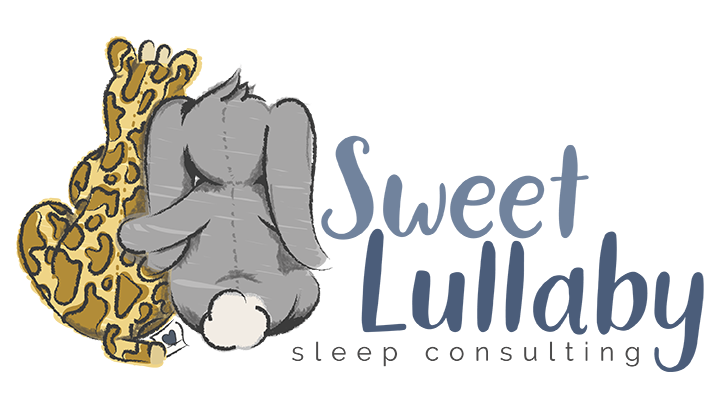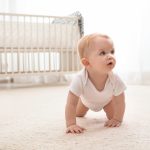White Noise Machines
So when I saw the online buzz about a recent study in the Journal of the American Medical Association about the harmful effects of white noise machines, I felt my heart sink into my stomach.
Not only have I use a white noise machine with my own kids, but I’ve recommended them several times to clients who were having issues with environmental noise waking their kids up during the day or early in the morning. So yeah, I was freaked out. These were, after all, reputable news sources that were making these claims.
However, as is all too often the case, the headlines were inflammatory and misleading, and meant to scare parents into clicking on the headline. At least that was the feeling I got after reading the article and the study it was based on.
I don’t have a degree in audiology, so I can’t claim to speak from a position of authority here, but I do know how to debunk a news story, and to me, this seems like more parental fear-stoking from the occasionally irresponsible media channels who like to start off with a scary headline, dive into all of the potential harm that something could be doing to your child, then throw a quiet one-liner into the last paragraph along the lines of, “Most experts agree that, if you employ the slightest modicum of common sense, this isn’t something you need to worry about,” and that certainly seems to be the case here.
So let’s unpack this story that’s been causing so many parents to toss their Dohms into the trash, shall we?
The article in USA Today starts off with the headline “Caution Urged for Infant Sleep Machines!” and by the second sentence, claims that a new study shows white noise machines, “could place infants at risk of developing noise-induced hearing loss.” The study they’re referring to tested 14 different machines and tested the volume of the noise they put out at different distances from the sound meter, mimicking the various locations in baby’s room that the machine might be located.
The results? All 14 machines exceeded 50 decibels at 100 centimeters from the sensor; 50 decibels being the recommended noise limit for hospital nurseries.
Yikes! All of them? There’s not a machine on the market that won’t damage your baby’s hearing? Well, that’s certainly the impression you might get from reading the article, but wait.
How loud is 50 decibels?
I was actually kind of interested in how the decibel measurement system works once I started looking into this.. I was under the impression that a decibel was kind of like a pound or a meter. By that, I mean that 2 is twice as much as 1, and that ten was half as much as twenty, and so on. So working on the knowledge that a vacuum cleaner runs at about 70 decibels, I assumed that 50 would be, you know, about two thirds as loud as that.
But I was wrong. 50 decibels is actually one quarter as loud as 70. It’s about the same volume as a quiet conversation at home or a quiet suburb, according to Purdue University’s handy little cheat sheet.
So it would seem that the reason pediatric nurseries are suggested to keep the noise down below 50 dB is more to do with creating a sleep-friendly environment than preventing hearing loss. It’s definitely not loud enough to do any kind of damage.
Wait, but how will I know how loud 50 dB is?
Firstly, there are a few apps out there that will allow you to check to see if your baby’s sound machine is at the appropriate volume. Decible X is one that we use often. But if you don’t want to download another app, believe me, I get it. You can always air on the side of caution and have your baby’s white noise machine set to one of the lowest settings and place it on the opposite side of their room.
But wait! 3 of these machines, it turns out, were capable of putting out more than 85 dB of white noise.
That’s closer to the level of a garbage disposal or a blender, and it’s the point where North American occupational health and safety associations recommend that people wear hearing protection if they’re exposed to it for a full workday.
So I’ll admit, there’s potential for some hearing damage if you were to put one of those three machines on full blast near your baby’s crib, and that’s probably worth letting parents know about.
I have two thoughts here.
1| Try it for yourself.
If you turn on a blender-level noise machine on maximum volume in your baby’s room and expect it to help them sleep, I think you need to try it on yourself first. Fire that bad boy up in your room and see how well it “blocks out” the environmental noise. Let’s be honest about how well any of us sleep next to a lawnmower or with downshifting diesel trucks driving past our bedroom windows. I would think, for the most part, common sense would prevent parents from cranking these things to 11 and leaving them in baby’s room overnight.
2| Warning parents about the potential harm of white noise machines can be done in a responsible, non-panic-inducing manner.
I try not to let it get to me, but it really does drive me crazy when media outlets take a perfectly rational study like this one, whose only conclusion is to suggest that the machines should ship with some kind of instructions about how to use them safely, and try to cause a panic in order to get some clicks on their website. I wouldn’t be at all surprised to hear that this has caused at least a few parents, who are naturally extremely concerned about protecting their babies, to throw away a great product that helps their little ones get the sleep they need, just because they saw an inflammatory headline and didn’t read the fine print.
We all need good sleep.
it’s the one thing that every parent, pediatrician, scientific researcher, and academics of all stripes can agree on. It’s undisputed. We suffer without it and we thrive when we prioritize it. So if your little one sleeps better when you have a white noise machine by their bed, don’t buy into the idea that you might be damaging their eardrums.
As long as you’re keeping the volume at a reasonable level, you’re probably just helping them get the sleep they need.




